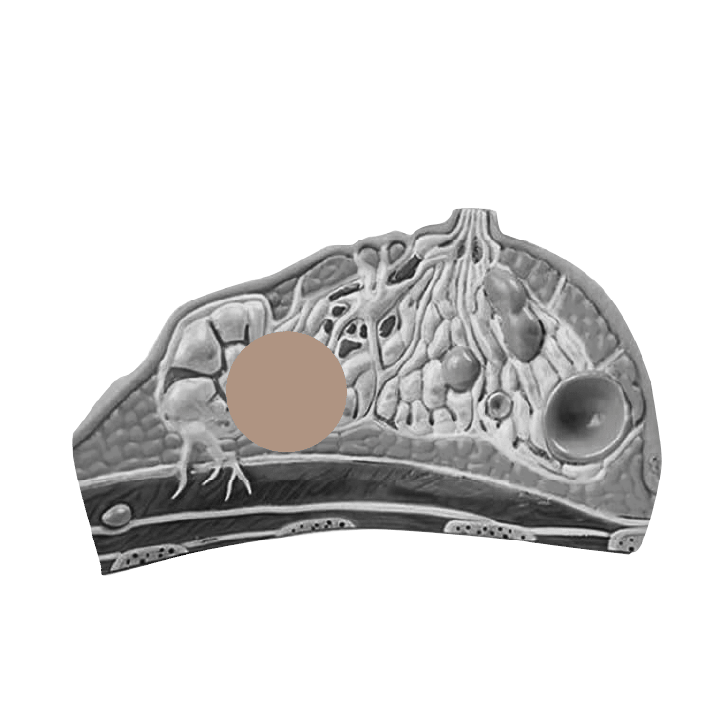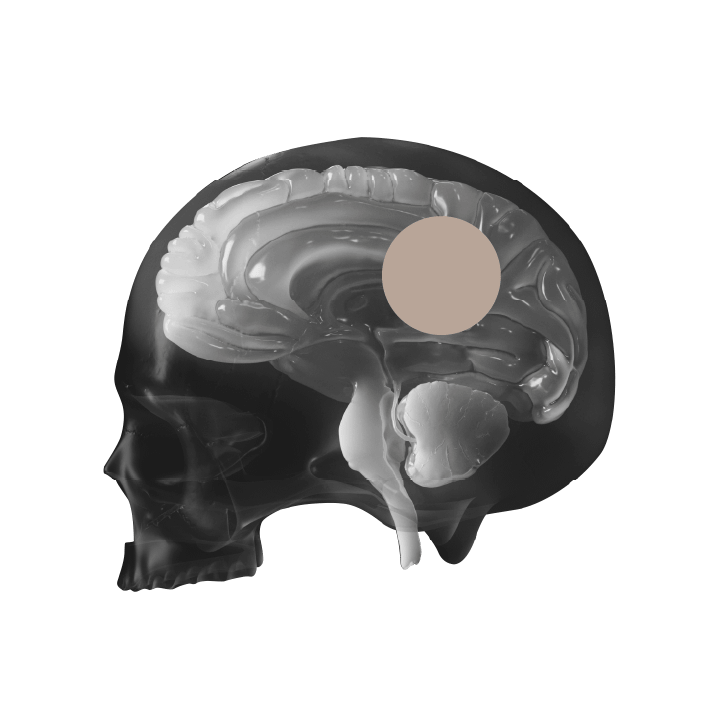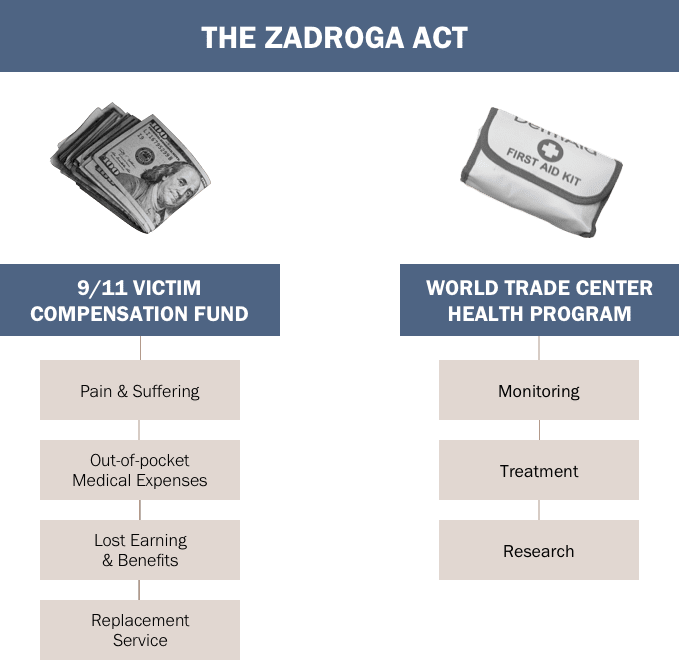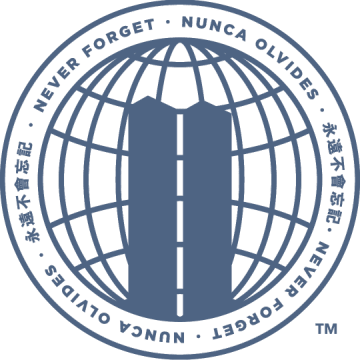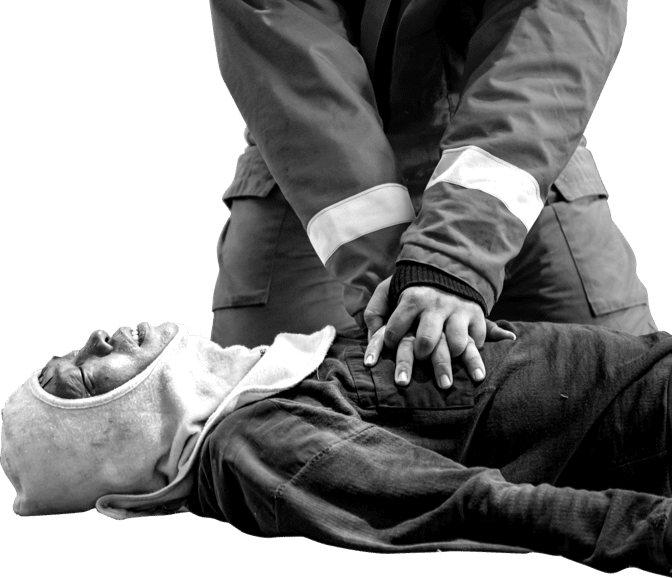
9/11 Benefits For September 11th Survivors
Survivors of the September 11th attacks have the right to seek a wide range of benefits for the physical, psychological and financial toll stemming from a day they will never forget. The two primary benefits programs come with a number of eligibility requirements that people seeking benefits must meet in order to have their claims approved. Pitta & Baione is a 9/11 fund law firm whose attorneys help survivors get the full benefits available by preparing a comprehensive claim the first time around.
Our attorneys have dedicated their careers to assisting people whose lives were forever changed in the attacks and the aftermath. We understand the various eligibility requirements and we help clients navigate the process with experience and personal attention.
Time may be of the essence. Although the World Trade Center Health Program and the 9/11 Victim Compensation Fund have been renewed and extended, claims are still paid out on a “first come, first served” basis. In addition, there are a number of deadlines for filing VCF claims.
9/11 FUND LAW FIRM FIGHTING FOR SURVIVOR BENEFITS
There are two primary benefits programs for 9/11 survivors: The World Trade Center Health Program and the 9/11 Victim Compensation Fund.
The World Trade Center Health Program offers free healthcare benefits, like medical monitoring, treatment and medication for physical and psychological illnesses.
The 9/11 Victim Compensation Fund provides financial compensation to survivors and their heirs for certain monetary losses associated with the attacks.
The eligibility requirements vary by program. That is why it is important for anyone considering seeking these benefits to consult an experienced 9/11 fund law firm.
SEPTEMBER 11TH SURVIVOR ELIGIBILITY
Survivors eligible for WTCHP or VCF benefits include men, women and children who were present in the toxic dust exposure zones during the attack of 9/11, which includes residents living in the area, employees working in the area, and students who resided in the toxic dust exposure zones (including children in daycare).
The first step to proving eligibility for WTCHP or VCF benefits is to show that you have an illness, injury or medical condition on the list of those that the programs cover.
That list, which is extensive, includes cancers, respiratory disorders, traumatic injuries, back pain and other musculoskeletal impairments. Mental health conditions are also covered for WTCHP purposes.
You have to show that 9/11 exposures are substantially likely to have been a significant factor in aggravating, contributing to, or causing the covered health condition. That may require a wide range of medical documentation and other evidence – all of which our 9/11 fund law firm can help request, compile and organize.
For survivors whose medical conditions stem from exposure to toxic dust created during the attacks and building collapses, you may be eligible for health and compensation benefits if you were in a 9/11 toxic dust exposure zone, which includes Lower Manhattan south of Houston Street (between September 11, 2001 and July 31, 2002), or a small section of Brooklyn as shown in the map below.

- Ground Zero
- Goldman Sachs
- J.P. Morgan
- Stock Exchanges
- Battery Park
- Fulton Fish Market
- Pace University
- City Hall
- Borough of Manhattan Community College
- Baruch Community Center
- East River Housing Corporation

Blood & Lymphoid Cancer
- Diffuse non-Hodgkin’s lymphoma
- Follicular (nodular) non-Hodgkin’s lymphoma
- Hodgkin’s disease
- Leukemia of unspecified cell type
- Lymphoid leukemia
- Malignant immunoproliferative diseases
- Monocytic leukemia
- Multiple myeloma and malignant plasma cell neoplasms
- Myeloid leukemia
- Other and unspecified lymphoid, hematopoietic, and related tissue conditions
- Other and unspecified types of non-Hodgkin’s lymphoma
- Other specified cell types of leukemia
- Peripheral and cutaneous T-cell lymphoma
Digestive System Cancer
Eye and Orbital Cancer
Female Breast Cancer
The WTCHP recognized the link between exposure to polychlorinated biphenyls (PCBs), other toxins, and the development of breast cancer. The WTCHP allows 9/11 breast cancer victims to receive medical treatment and also provides monitoring to first responders and survivors for proper screening of all 9/11-related medical conditions.
Brain Cancer
Exposure to the harmful post-9/11 elements increased the chance of brain cancer in survivors.
Examples of VCF eligible primary brain cancers include, but are not limited to, the malignant forms of:
- Gliomas: Tumors that begin in the brain or spinal cord
- Astrocytoma
- Ependymoma
- Glioblastoma
- Oligodendroglioma
- Meningiomas: Tumors that arise from the membrane that surrounds the brain and spinal cord
- Acoustic neuromas: Tumors that develop on the nerves that control balance and hearing
- Pituitary carcinomas: Tumors that develop in the pituitary gland at the base of the brain
- Medulloblastomas: Tumors that begin in the lower back part of the brain and spread through spinal fluid
Ovarian Cancer
Most cases of ovarian cancer require surgery to remove the cancer and often will require a series of surgeries. As with other cancers, chemotherapy and radiation may be used to destroy cancer cells and shrink tumors.
Some possible symptoms of ovarian cancer are:
- Bloating
- Pelvic or abdominal pain
- Feeling the need to urinate urgently or often
- Fatigue
- Upset stomach or heartburn
- Back pain
- Pain during sex
- Constipation
- Menstrual changes
Head and Neck Cancer
- Accessory sinuses
- Base of tongue
- Floor of mouth
- Gum
- Hypopharynx
- Larynx
- Lip
- Nasal cavity
- Nasopharynx
- Other and ill-defined conditions in the lips, oral cavity, and pharynx
- Other and unspecified conditions in the major salivary glands
- Other and unspecified conditions in parts of the mouth
- Other and unspecified conditions in parts of the tongue
- Oropharynx
- Palate
- Parotid gland
- Piriform sinus
- Tonsil
Respiratory System Cancer
- Bronchus and lung
- Heart, mediastinum, and pleura
- Other and ill-defined sites in the respiratory system and intrathoracic organs
- Trachea
Skin Cancer
Soft Tissue Cancer
Thyroid Cancer
Urinary System Cancer
Uterine Cancer
9/11 uterine cancer patients qualify to receive federally-funded medical monitoring and treatment as well as potential compensation through the VCF.
Uterine cancer has various subtypes. These subtypes include:
- Adenocarcinoma
- Uterine papillary serous carcinoma
- Uterine clear cell carcinoma
- Uterine carcinosarcoma (CS)
- Uterine sarcoma
Rare Cancers
- Malignant neoplasms of the adrenal gland and other endocrine glands and related structures
- Anus and anal canal
- Bone and articular cartilage
- Breast among men
- Gallbladder and other parts of biliary tract
- Meninges, brain, spinal cord, cranial nerves, and other parts of central nervous system
- Pancreas
- Penis and testis
- Placenta
- Small intestine
- Thymus
- Vulva, vagina, and cervix uteri (invasive only)
- Malignant neuroendocrine neoplasm, including carcinoid tumors
- Myeloid neoplasms, including myelodysplastic syndromes, myeloproliferative neoplasms, myelodysplastic/myeloproliferative neoplasms, and myeloid malignancies associated with eosinophilia and abnormalities of growth factor receptors derived from platelets or fibroblasts
- Other cancers that meet the threshold incidence rate of less than 15 cases per 100,000 persons per year based on age-adjusted 2005-2009 average annual data.
Mesothelioma
Mesothelioma is a type of cancer that is found in the mesothelium tissue of the body. This tissue lines a number of vital organs, including the lungs, stomach, and heart.
Symptoms generally include:
- Shortness of breath
- Persistent, dry cough
- Loss of appetite and weight loss
- Chest tightness or pain
Aerodigestive Disorders
- Asthma
- Chronic cough syndrome
- Chronic laryngitis
- Chronic nasopharyngitis
- Chronic respiratory disorder due to fumes/vapors
- Chronic rhinosinusitis
- Gastroesophageal reflux disorder (“GERD”) (persistent heartburn)
- Interstitial lung diseases (e.g., sarcoidosis)
- Reactive airways dysfunction syndrome (“RADS”)
- Sleep apnea exacerbated by or related to another condition described in the list of aerodigestive disorders
- Upper airway hyperreactivity
- WTC-exacerbated chronic obstructive pulmonary disease (COPD)
- New-onset COPD
Mental Health Conditions
Musculoskeletal Disorders
- Responders who received treatment for a WTC-related musculoskeletal disorder, such as carpal tunnel syndrome or lower back pain, on or before September 11, 2003 are eligible for coverage.
Acute Traumatic Injury
Responders and survivors who received treatment for a WTC-related acute traumatic injury on or before September 11, 2003 are eligible for coverage. Examples include:
Successful Claims
